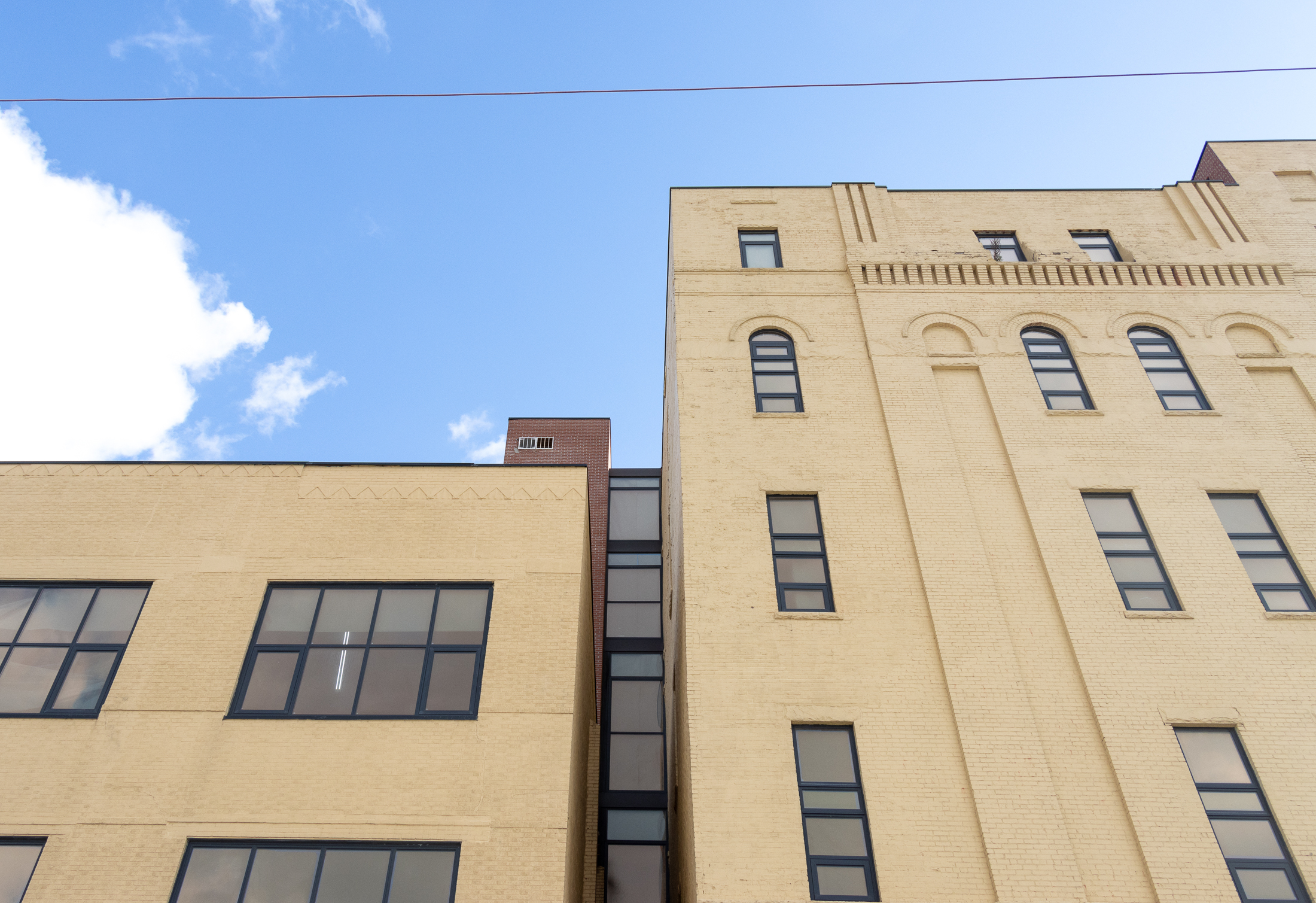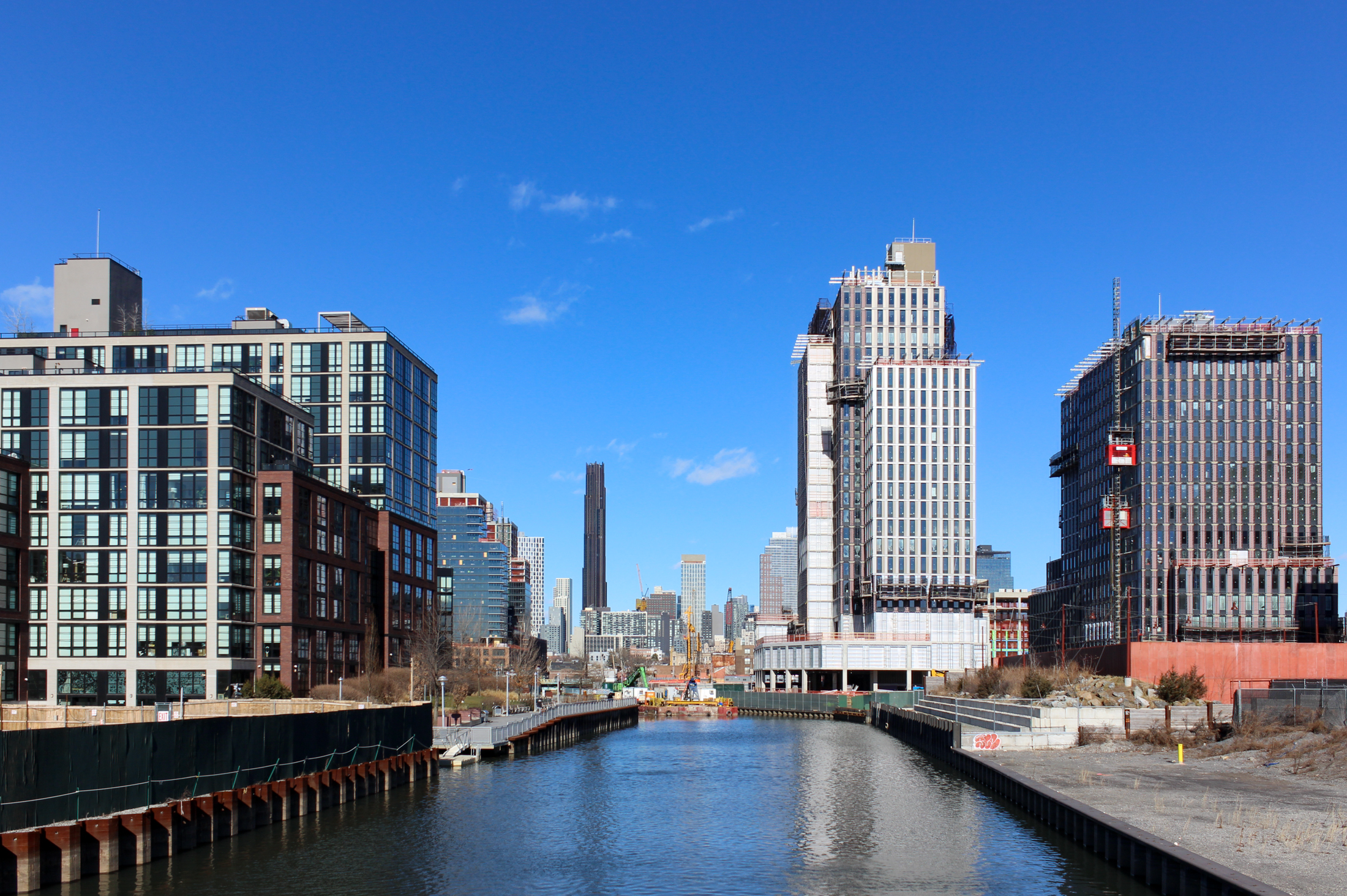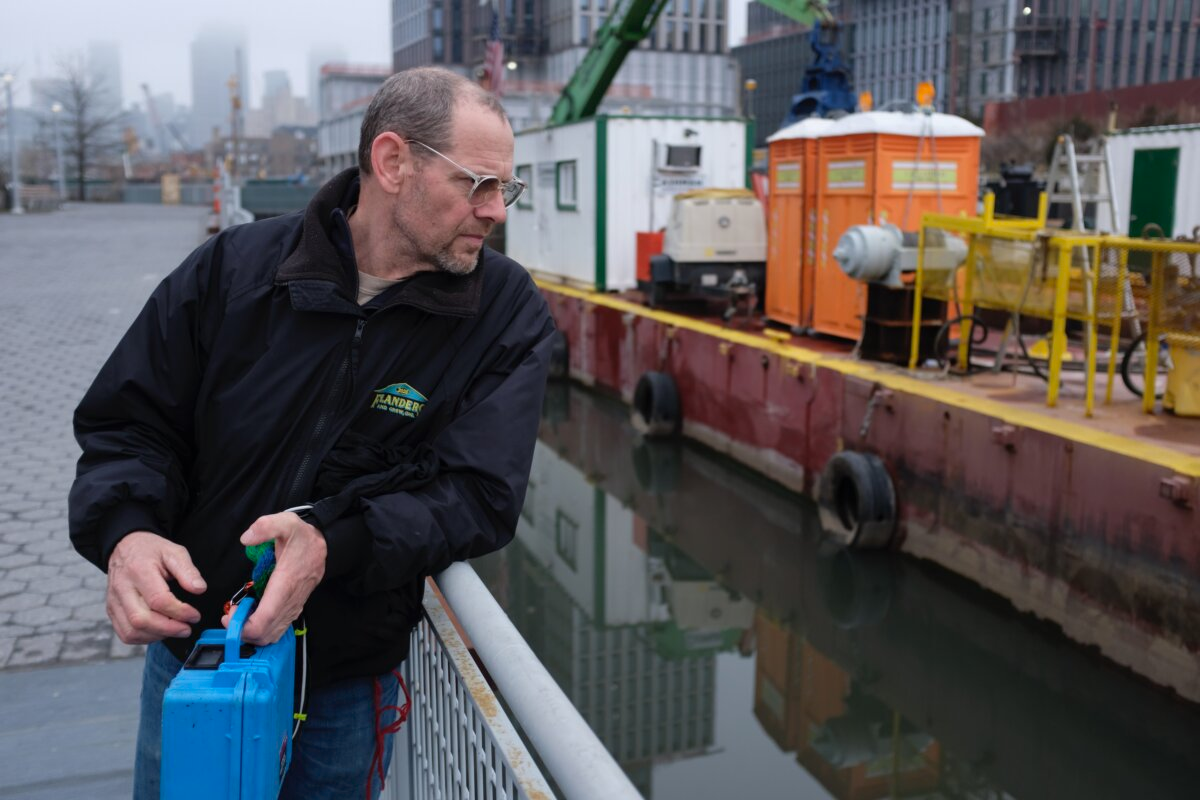Building of the Day: 194 Butler Street, a Family Building in Gowanus
Brooklyn, one building at a time. Name: Detached wood-frame house Address: 194 Butler Street Cross Streets: Bond and Nevins streets Neighborhood: Gowanus Year Built: Around 1880 Architectural Style: Italianate Architect: Unknown Landmarked: No The story: This small block, right at the edge of the Gowanus Canal, is a rare surviving example of what Brooklyn housing…
Brooklyn, one building at a time.
Name: Detached wood-frame house
Address: 194 Butler Street
Cross Streets: Bond and Nevins streets
Neighborhood: Gowanus
Year Built: Around 1880
Architectural Style: Italianate
Architect: Unknown
Landmarked: No
The story: This small block, right at the edge of the Gowanus Canal, is a rare surviving example of what Brooklyn housing once looked like.
The Gowanus Canal was more or less finished by 1869, and the development of all kinds of industries sprang up over the next decades. The largest of these needed the canal to transport raw materials and fuels into Brooklyn, and finished products out.
The area grew rapidly as an industrial hub, and that meant jobs and workers. Working within walking distance of home is something well appreciated by everyone throughout history, no matter the job or status.
Builders and developers understood this, and jumped on any available land that was not slated for industry. They knew that most of the work force would be unskilled, lower echelon immigrant workers — a group that needed quantity.
They built fast and they built cheap, constructing small houses, tenements and multi-unit buildings on the side streets leading to and around the Gowanus Canal.
1880 Bromley city map. New York Public Library
These houses joined the blocks further away from the canal, most of which had been developed earlier as single family homes, but were now themselves being used as boarding houses and multi-unit housing.
All of the remaining houses on this block were built as wood-framed tenements, housing multiple families of lower income, working class means.
194 Butler and its neighbors first appear on the 1880 tax maps. By this time, most residential buildings — even tenements — were being constructed in brick and masonry.
These buildings represent the quickie, “they won’t care, they’re poor” kind of mindset that often resulted in substandard buildings. Most were deemed by the Brooklyn Eagle as “of a very inferior class,” although they did admit that some of them were “improved” housing.
In spite of the negatives, they’ve survived quite well. This must have been one of the “improved” houses.
194 Butler is a handsome building, and once had an adjoined neighbor. It has a great surviving porch with decorative gingerbread trim. The patterned shingles, even though not in the best of shape, give the house a more upscale air and add texture. The wooden cornice has survived, as well.
Photo via New York State Report on Gowanus
The house has always had three units. So who lived here? Like most of the surrounding residential Gowanus neighborhood, up until World War I, this was primarily home to an Irish immigrant community. They worked in the factories and warehouses of Gowanus, and built many of the buildings.
This was probably called the “Maher house” by neighbors. In the 1870s and ‘80s, there were two different Maher families, living in different apartments. Various Maher family members appear in the press from 1880 up until at least 1912, and the newsworthy moments of their lives provide a glimpse into the world of 194 Butler.
Photo via Google Maps
In 1887, 24-year-old Lizzie Powers fell asleep in a second story window on a hot July night. She fell out of the window and landed in the street, suffering from severe bruising. She was taken to the hospital.
In 1894, eight-year-old John Maher was fooling around riding on the back of a coal wagon when he fell under the wheels and was crushed. A doctor was soon on the scene, but the boy died an hour later. The driver, a man named James O’Neil, was arrested for homicide, but was later released when the details of the accident were reported.
That same year, later that July, John Maher, perhaps the father or uncle of the dead child, was employed as a wagon driver for a Coney Island ice cream company. He and his companion had gallons of ice cream in the back of the wagon for delivery.
Because it was hot, and because they were drinking, they decided to have the horses run along the beach in the surf to cool them off. But the tide was coming in, and the wagon got stuck in the sand.
They did all kinds of things to free the wagon, but in the process lost all of the ice cream, which was in gallon tins. At least one of the tins was rescued by some boys, who proceeded to eat it.
By the time the police arrived, the horses and wagon had been freed, the ice cream was gone, and John Maher was under arrest. The ice cream company intended to press charges.
A few days later, the Eagle published a retraction. John Maher had not been the driver of the wagon. It was another man, who also apparently lived at 194 Butler. His name was Gus O’Brian.
In 1905, young Katherine Maher died. She was the daughter of Katherine and Dennis Maher. She had lived here for her entire short life.
Five years later, John Maher died, in 1910. He was only 36. He was a member of the Eighth District Democratic Club, and a parishioner at St. Agnes. He left his widow, Margaret, two sons and two daughters.
In 1912, 31-year-old Margaret O’Rourke Maher, his widow, died of pneumonia, here at home. She was the last of the Mahers to be mentioned in the newspapers.
Top photo: Google Maps
2006 photo by Kate Leonova for PropertyShark














great article about an almost forgotten block. I pass by this house every weekday and have often wondered about its history. In a block of ramshackle vinyl-sided bldgs this very well-cared for little wooden house is the definitely the bright spot of the street.
Interesting to think of this home as made for working-class families. So often, the things that survive from previous eras were made for the wealthy — it’s all too easy to forget about the homes and material culture of regular folk.